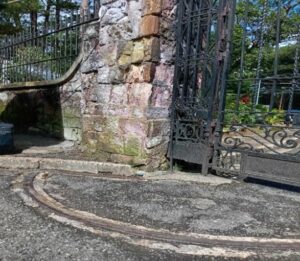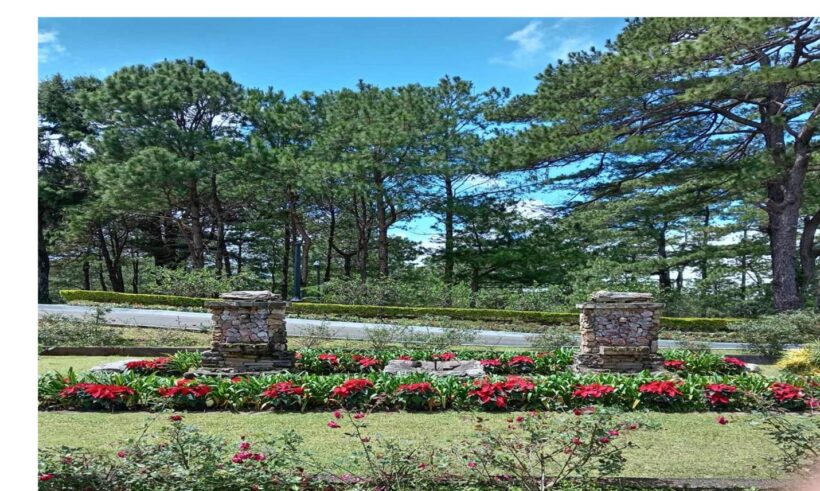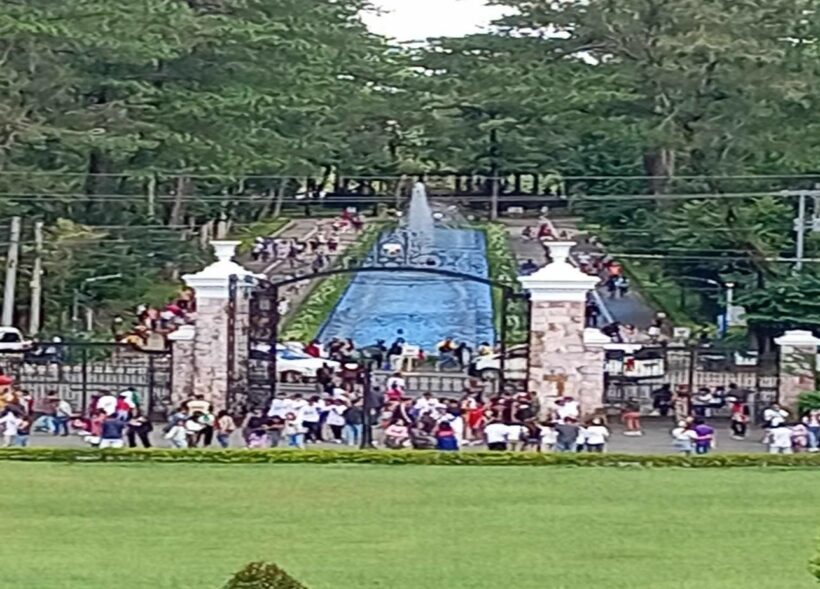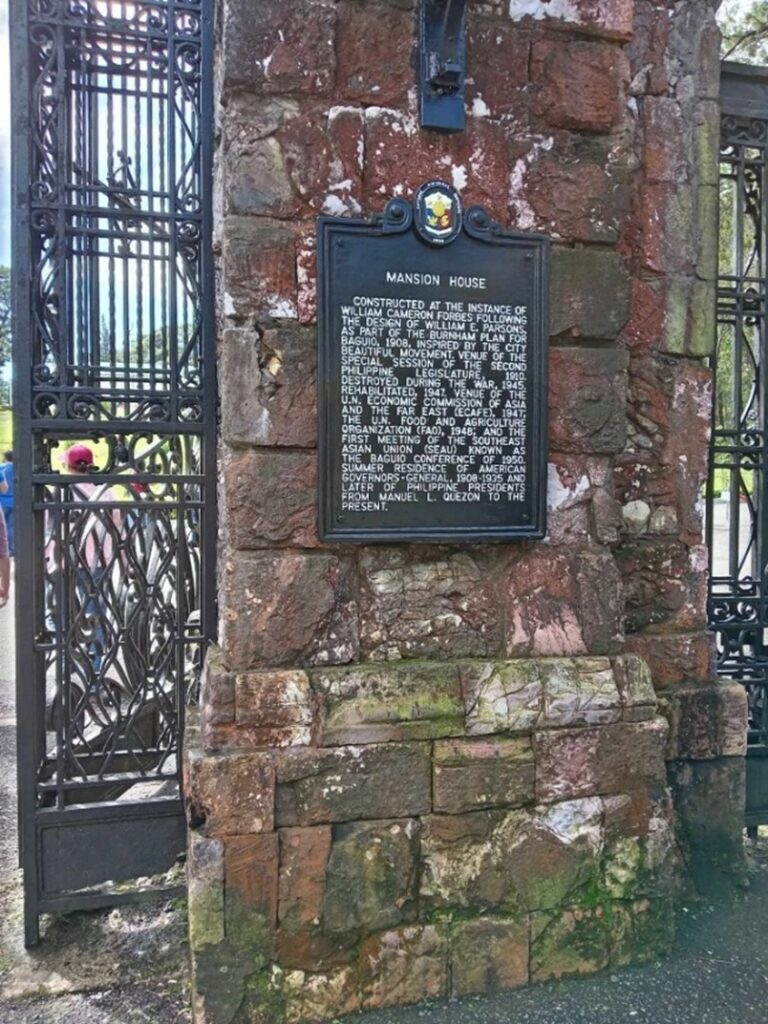by: Jocelyn M. Mero
Our journey began at the jeepney station in Rizal Park, Bokawkan, Baguio City. Like eager students on a field trip, we chatted while waiting for our group to gather. We were divided into two groups due to the strict house rules at our destination, the prestigious Baguio Mansion House, the official residence of the most powerful leader in the Philippines.
As we arrived, my attention was immediately drawn to the weathered stone walls at the gate, their faded appearance holding a quiet dignity. The gates were finally open after years of being closed to the public. One of my companions, Emily Libod, shared that although she often passed by the mansion, this was her first time entering its grounds—just like me.


The gates of the Mansion House finally open.
As we stepped inside, I noticed the rocks by the gate had remained unchanged, untouched by renovations, as though they carried memories of the past. Walking towards the main area, our steps felt slow and deliberate, as if each movement signified the moment’s gravity. Our first stop was the front of the house, where the Philippine flag proudly waved at the flagpole, marking our arrival. One of my companions remarked, “Oh kastoy gayam daytoy,” as we took our first group photo. Nearby, a fountain with flowing water created a serene backdrop, with people capturing moments of joy and fulfillment.

Remnants of World War II.
While exploring the grounds, I noticed two large rocks near the mansion’s entrance. They seemed ordinary at first glance, but our tour guide revealed they were remnants from World War II, silent witnesses to the struggles of our past leaders. Their presence reminded me of the many untold stories embedded in the landscape.
Inside the mansion, I was immediately captivated by the photos lining the hallways—portraits of past and present Philippine leaders. I instinctively took a picture of the first president, only to be gently reminded by a guard that it wasn’t allowed. I apologized, saying, “ Ang libro ng kasaysayan ng pangulo ng Pilipinas ay pagtingin lamang sa kanilang mga larawan. ” admiration for our history.

The First President of the Philippines Emilio Aguinaldo .

Ferdinand Romualdez Marcos Jr., the current and seventeenth president of the Philippines.
As we moved further into the mansion, I found myself immersed in a treasure trove of memories, each room offering glimpses into the lives of political figures, their families, and their legacies. These were historical facts and stories of life, sovereignty, peace, love, pain, compassion, faith, education, victories, and our identity as Filipinos.
Like a “Glimpse of a Thousand Memories,” this journey inspired me. It reignited my passion to serve Filipino learners despite our challenges—lack of materials, changing curricula, and limited equipment. “ Para sa Bayan, Para sa Batang Pilipino .” (“For the country, for the Filipino Child.”)

The peaceful fountain surrounded by pine trees in front of the Mansion House is a perfect spot to relax.
As I returned to my duties at school, I was excited to share my newfound knowledge with my students. Although I teach science, I found ways to weave history, perseverance, and leadership lessons into my classes. This experience reminded me that there is always more to learn and more to share, that behind every currency bill and every portrait lies the story of a leader’s struggle and success. Indeed, this journey was more than a visit—it was a profound and inspiring experience.
About the Author:
 Jocelyn M. Mero. The writer is currently teaching at Alejo M. Pacalso Memorial National High School.
Jocelyn M. Mero. The writer is currently teaching at Alejo M. Pacalso Memorial National High School.










